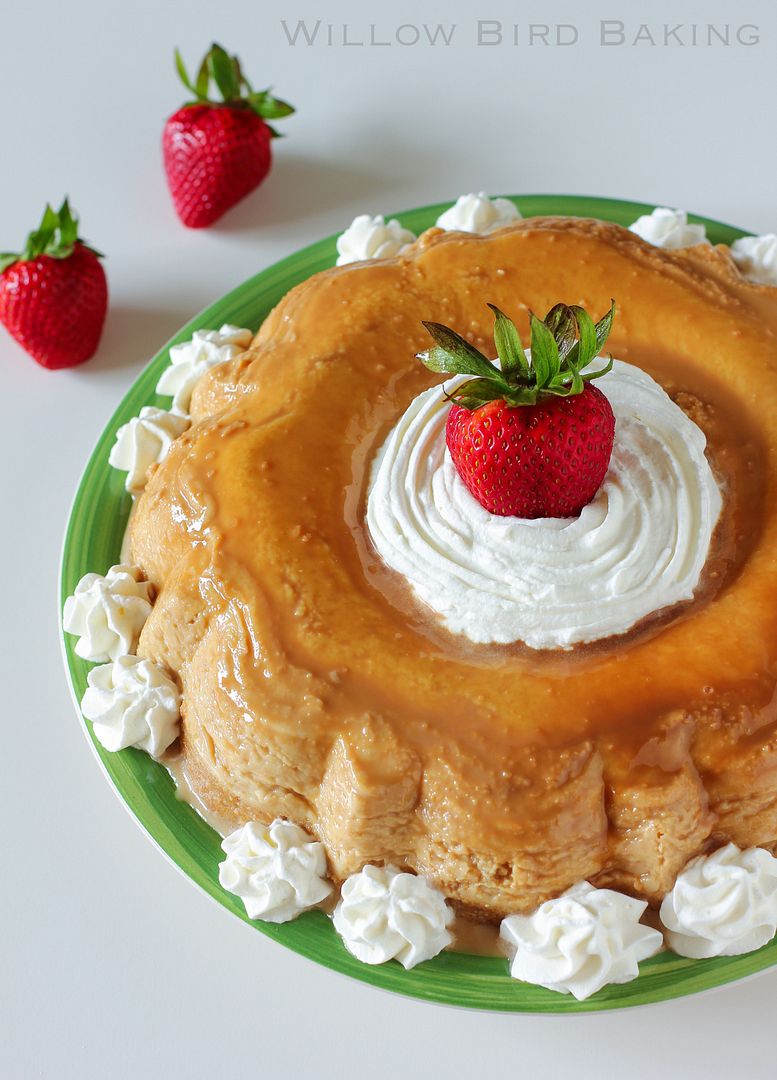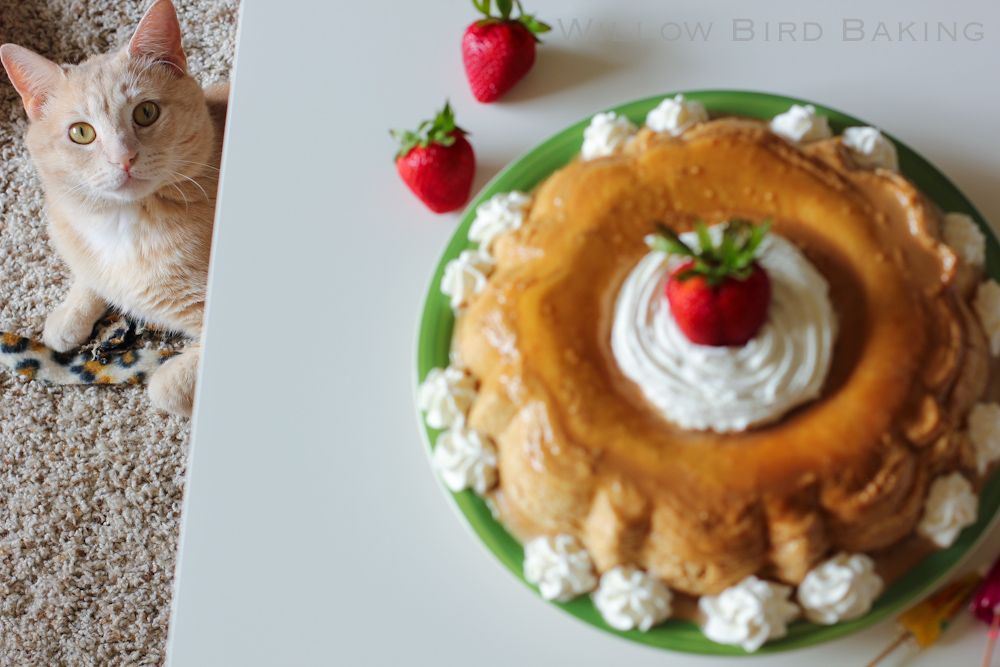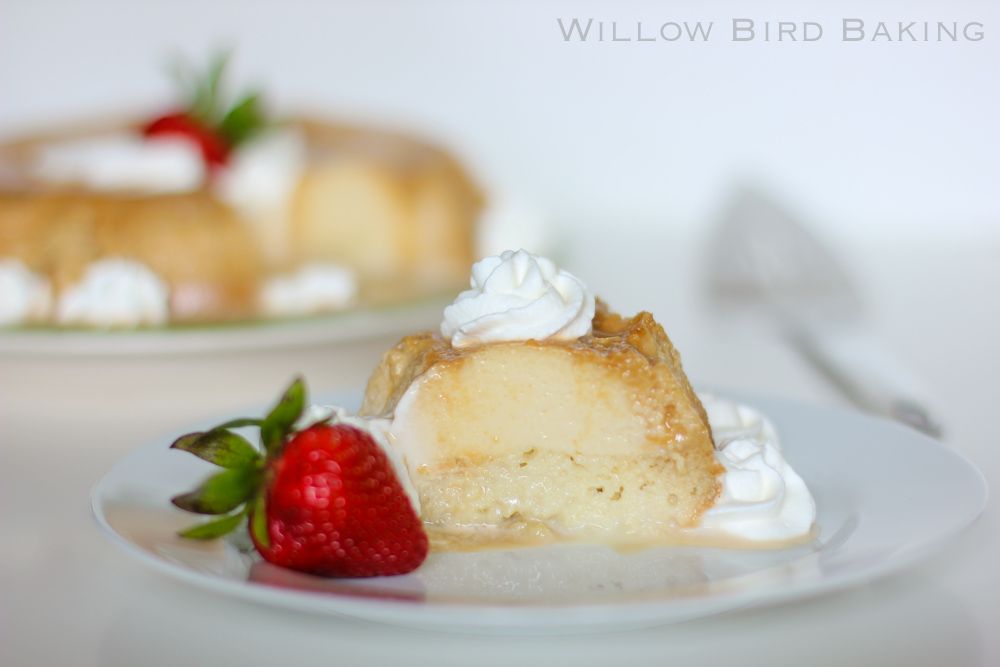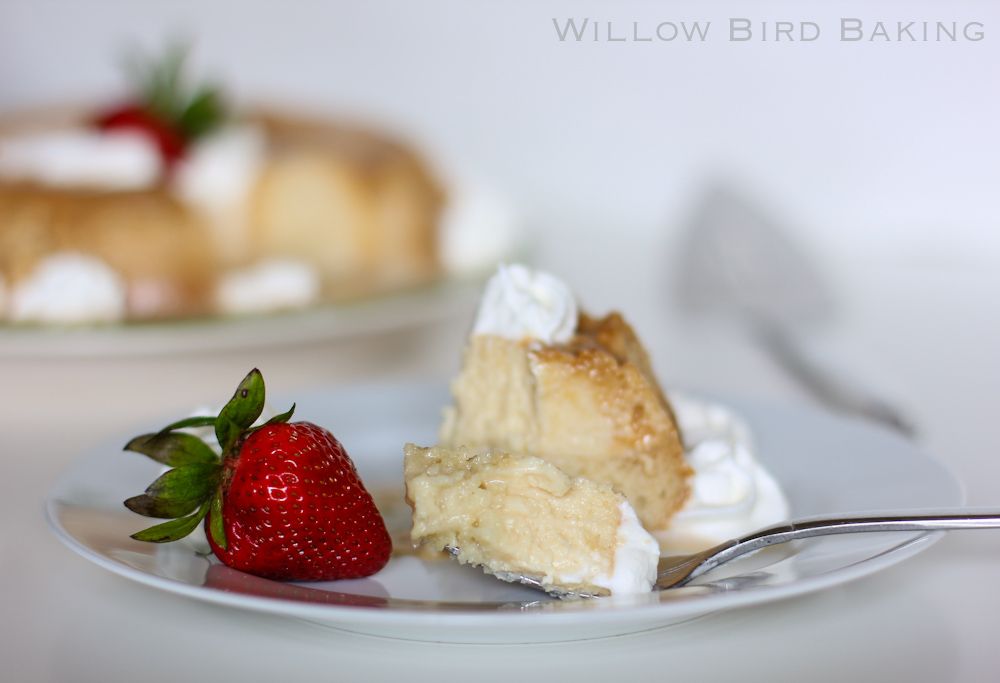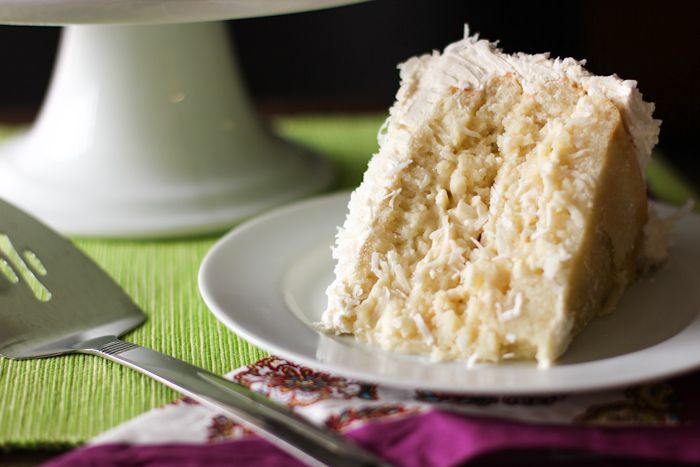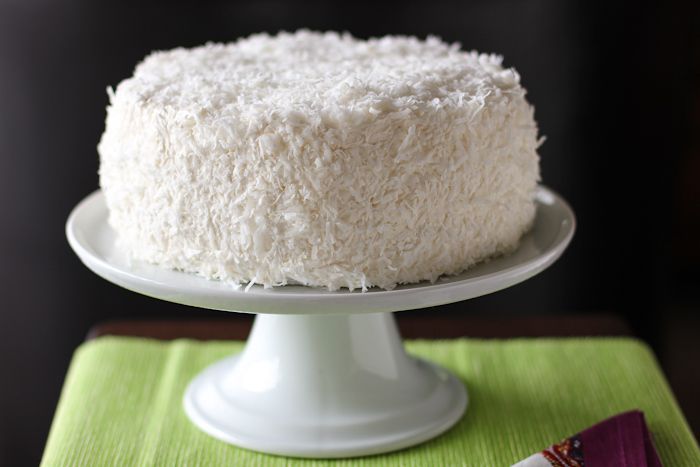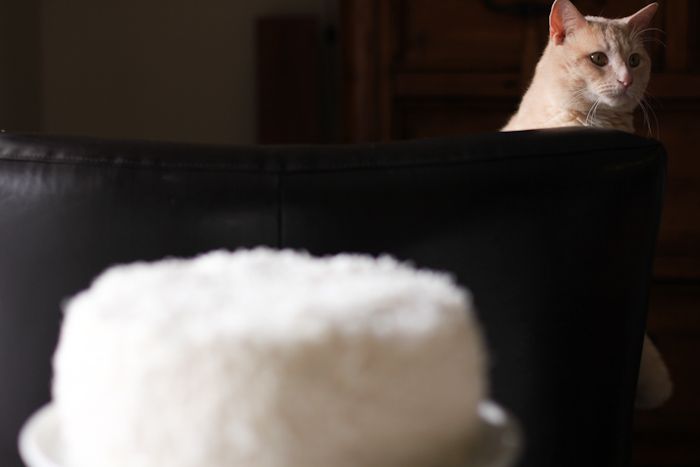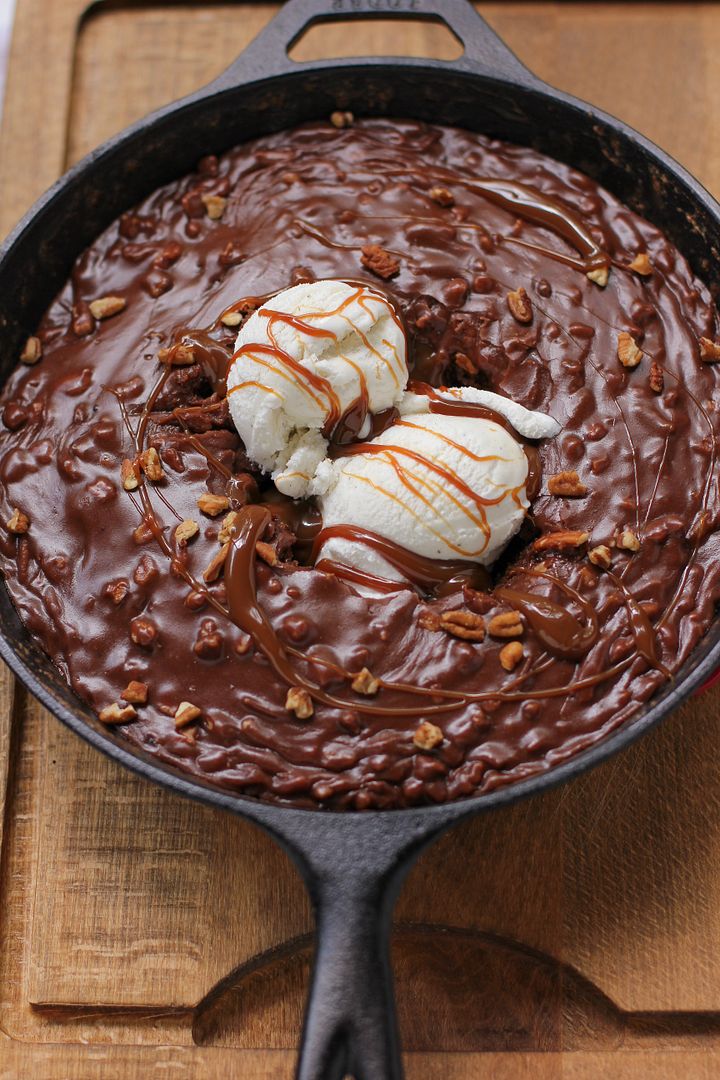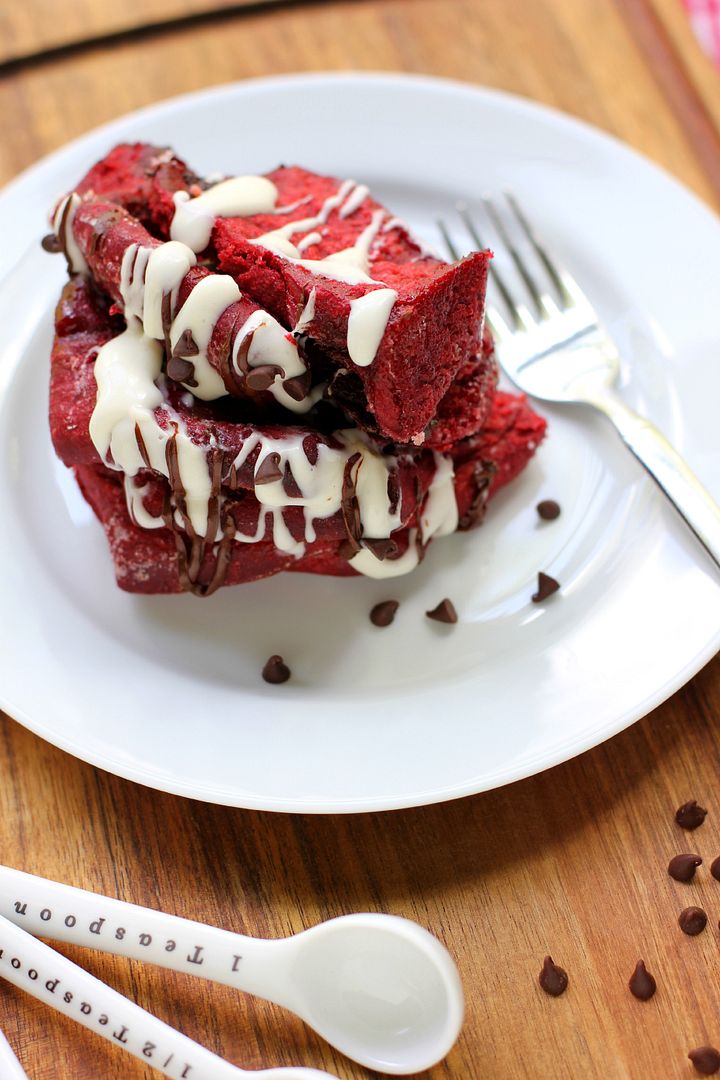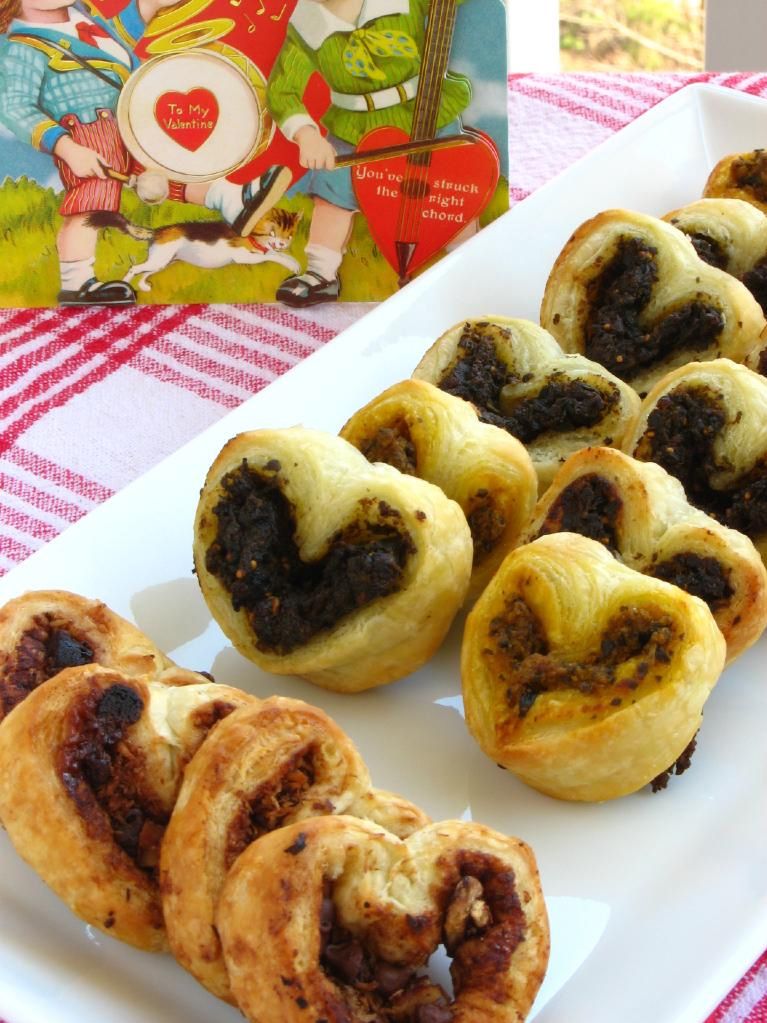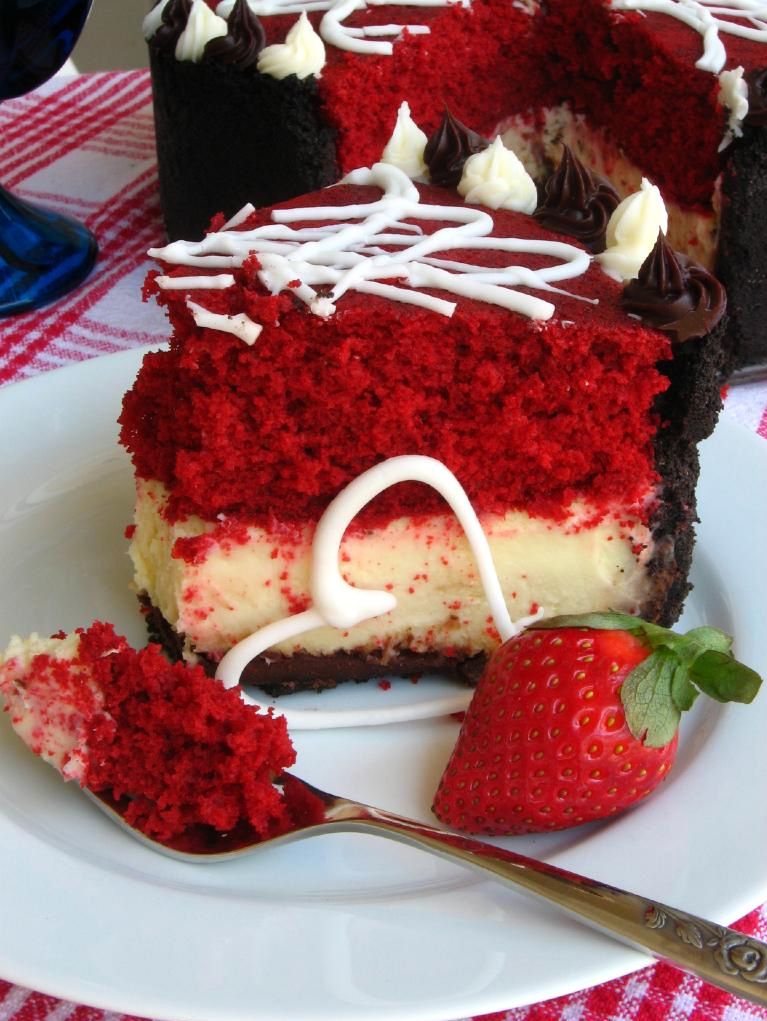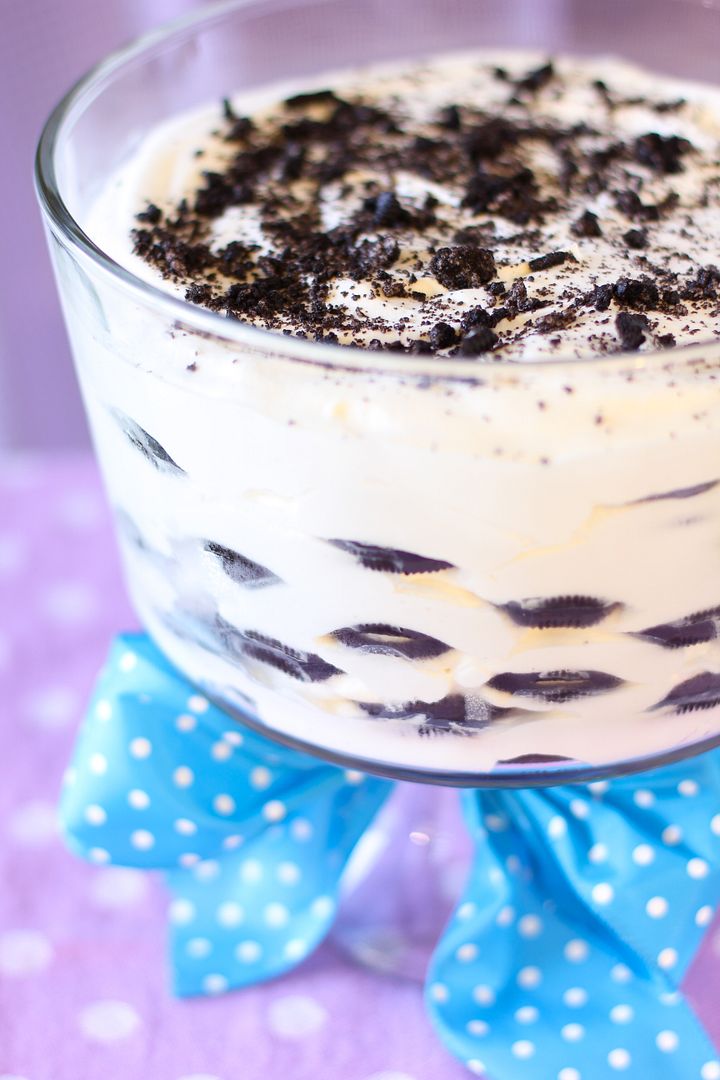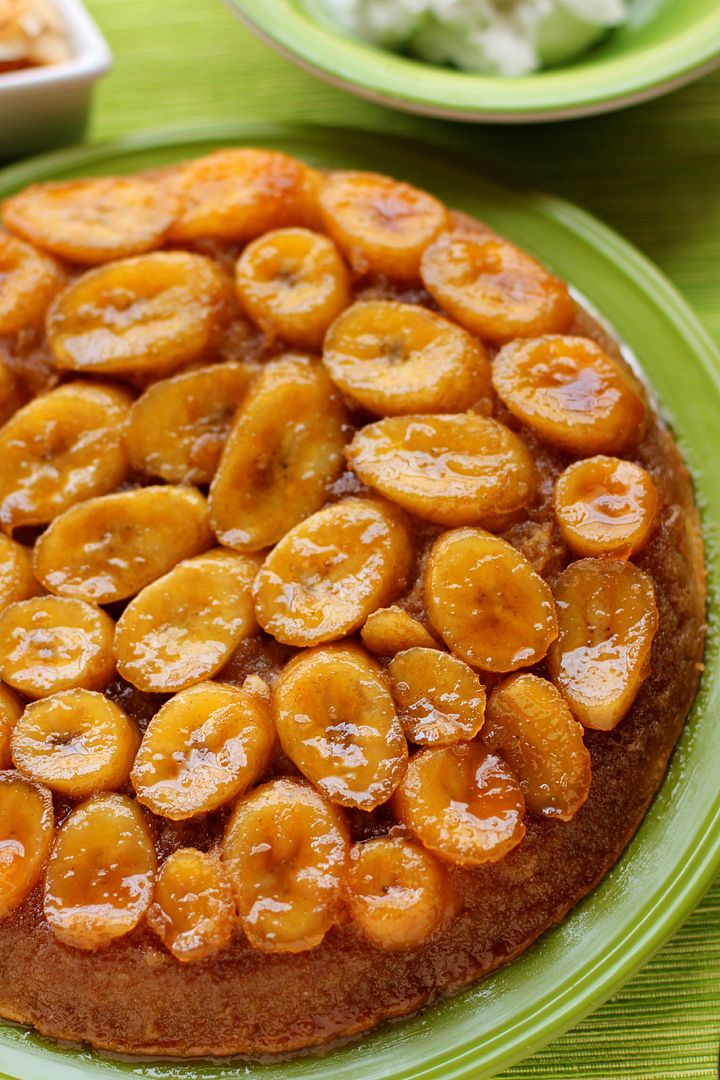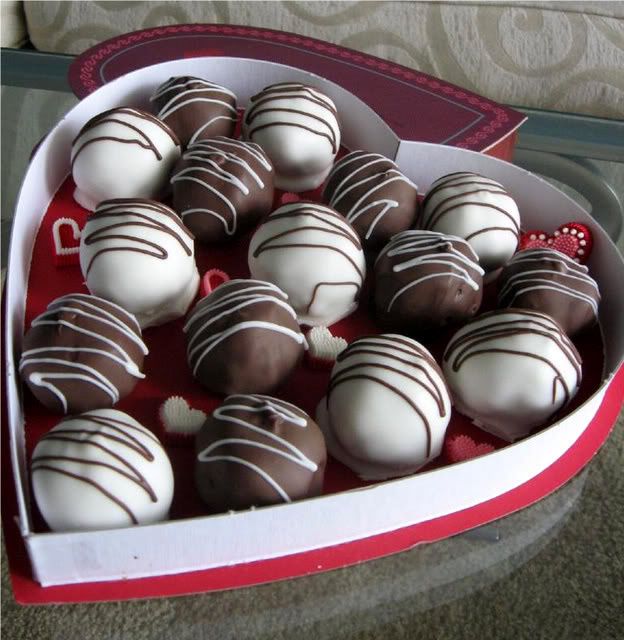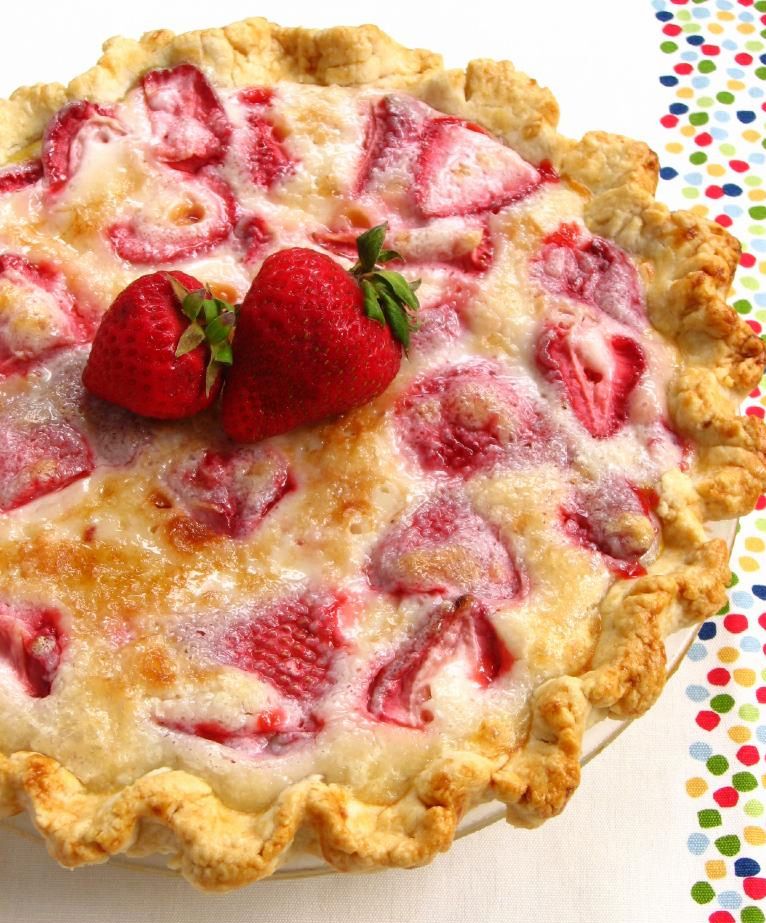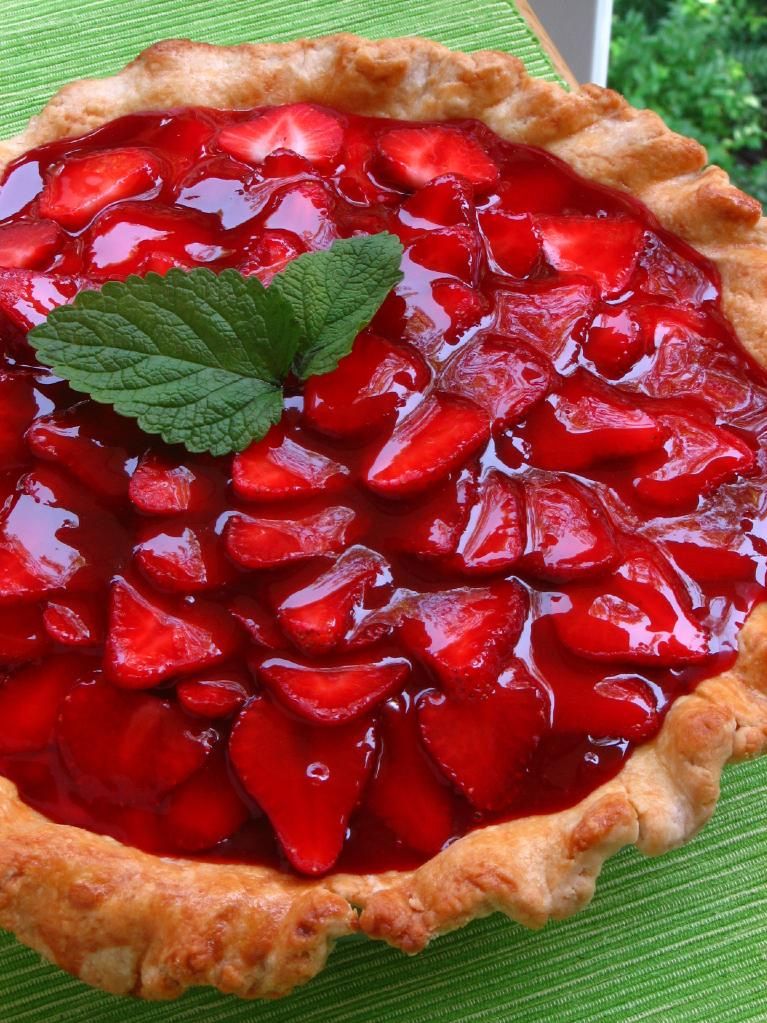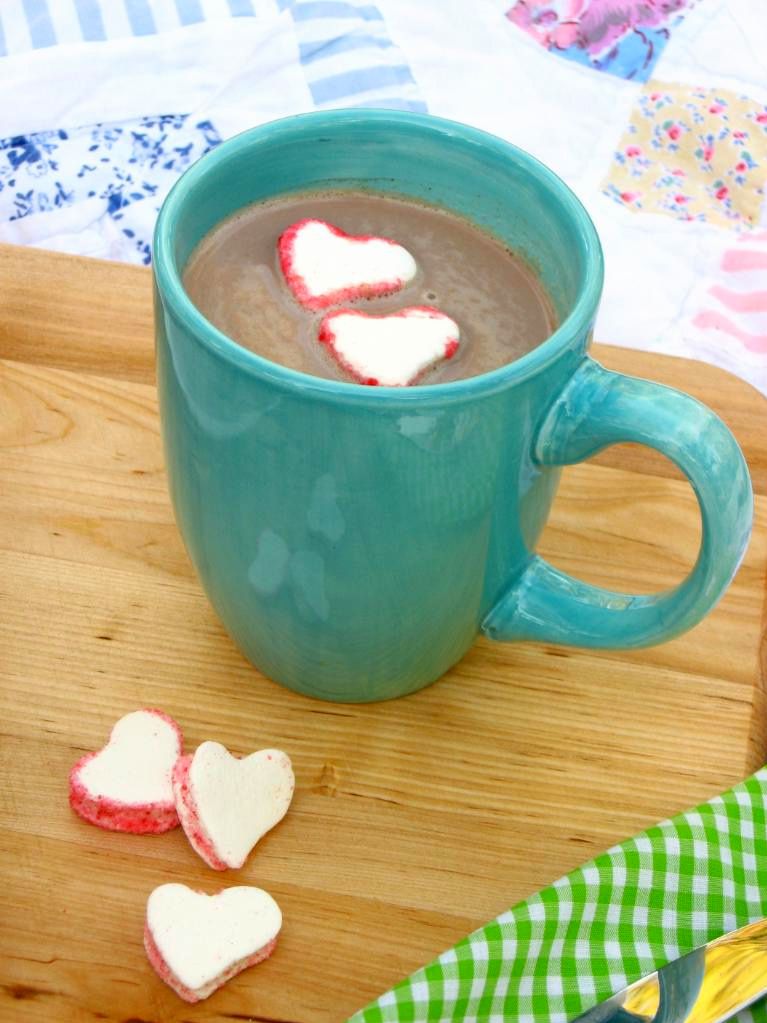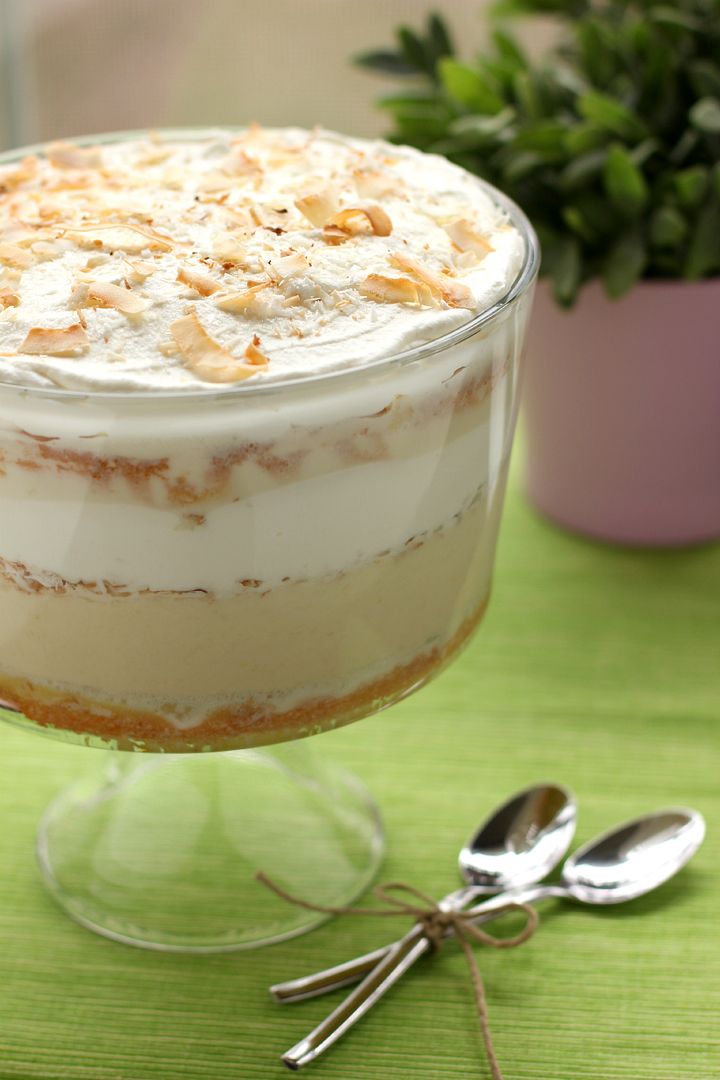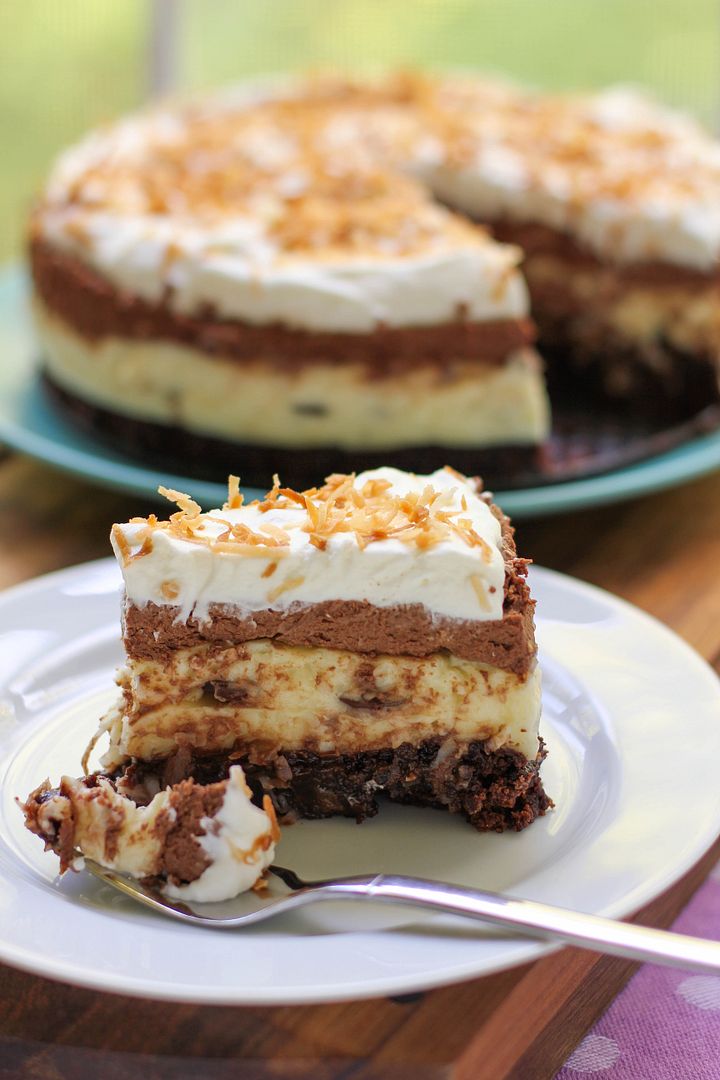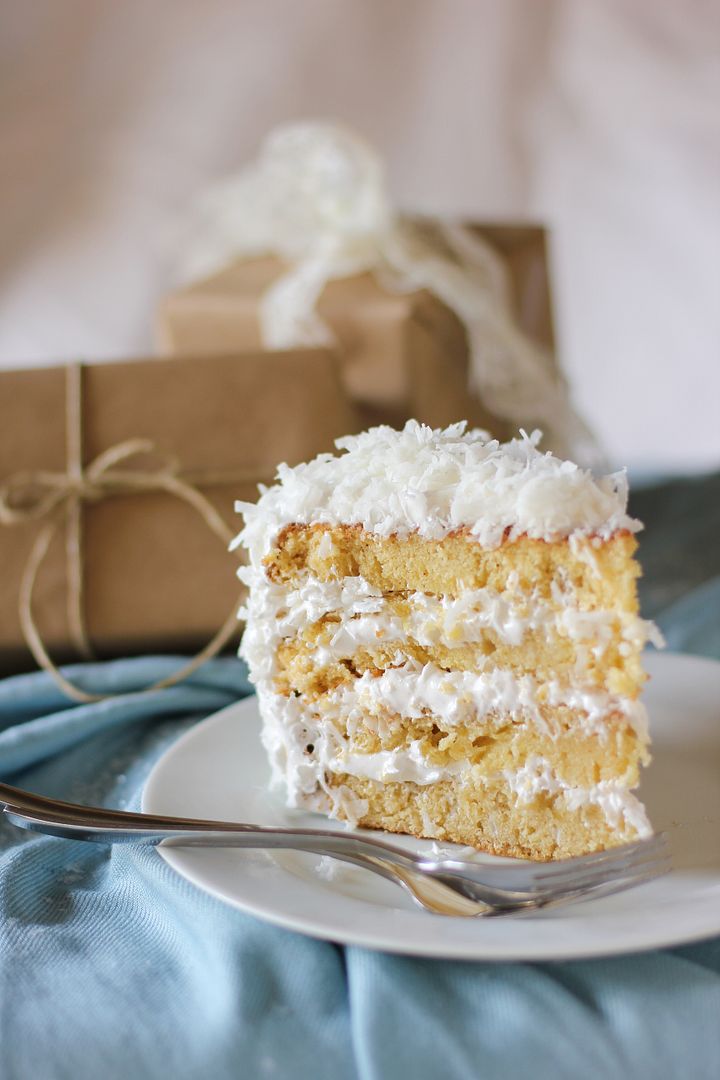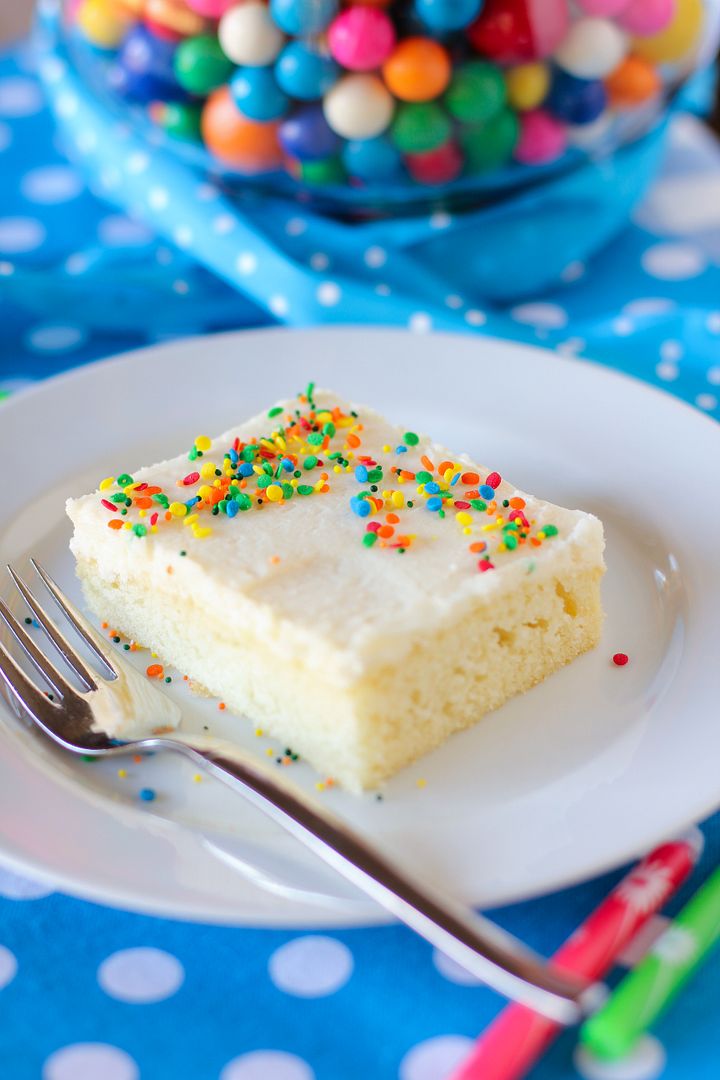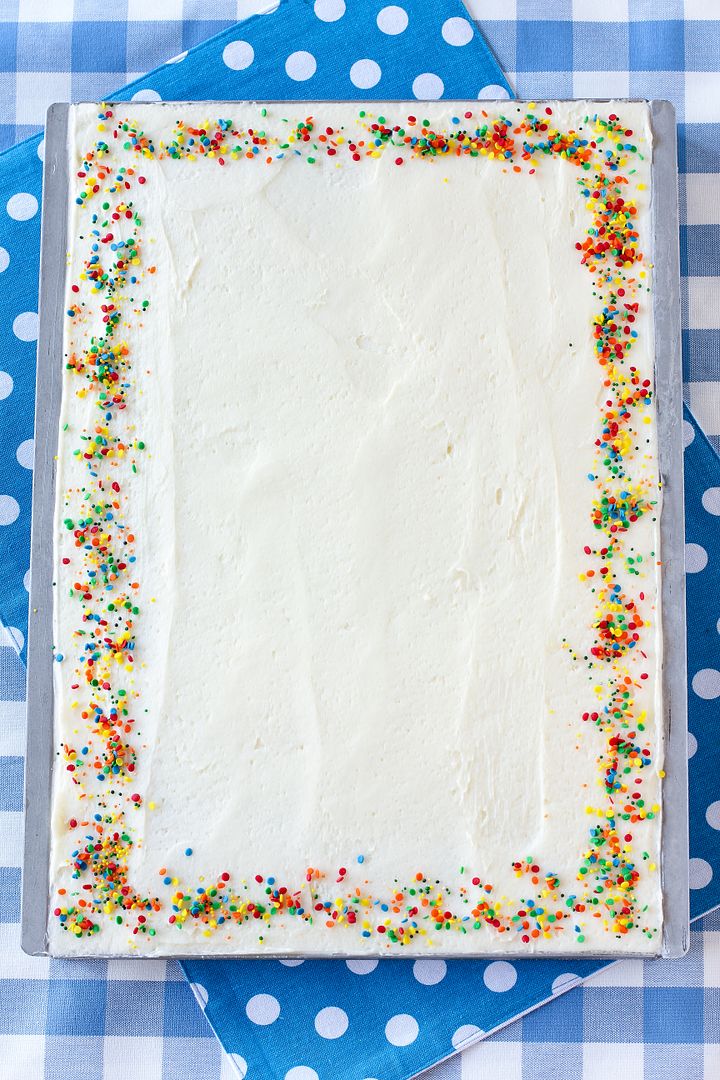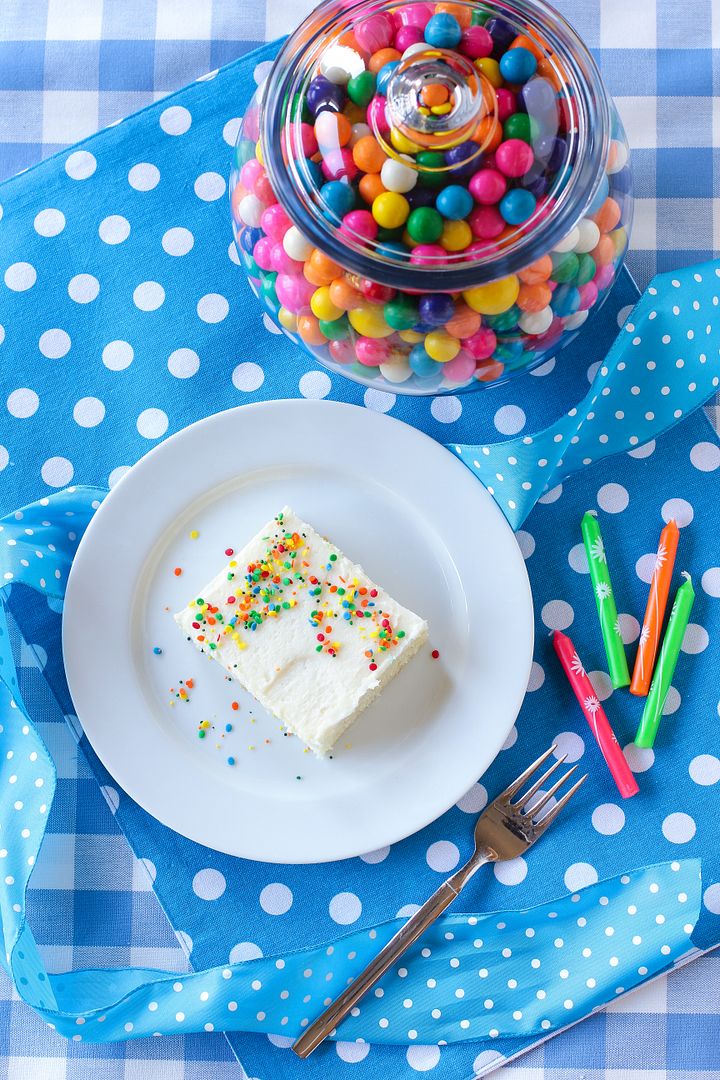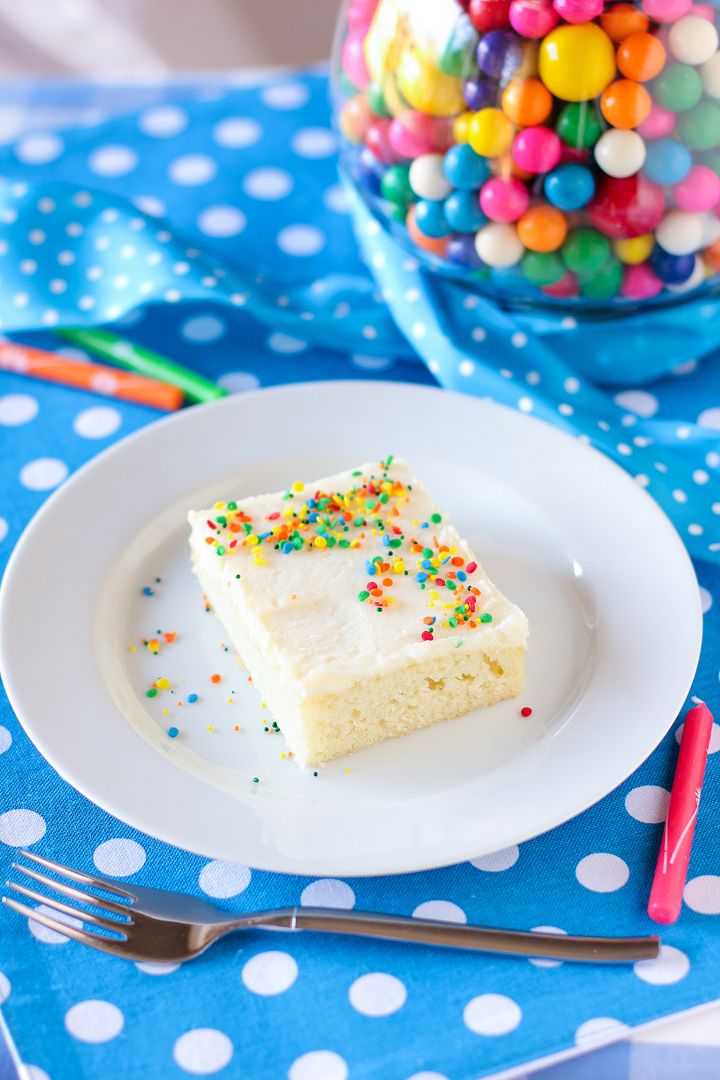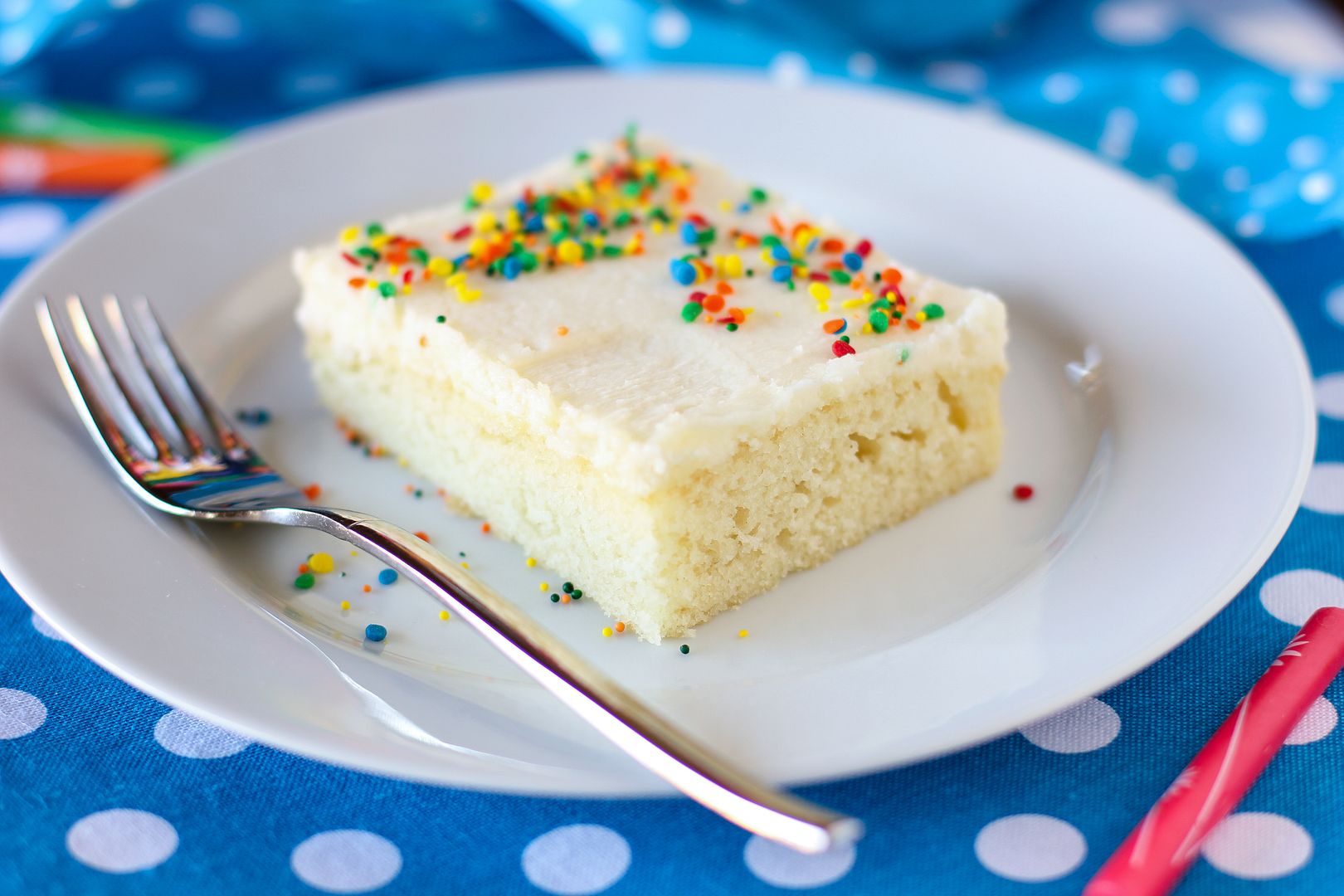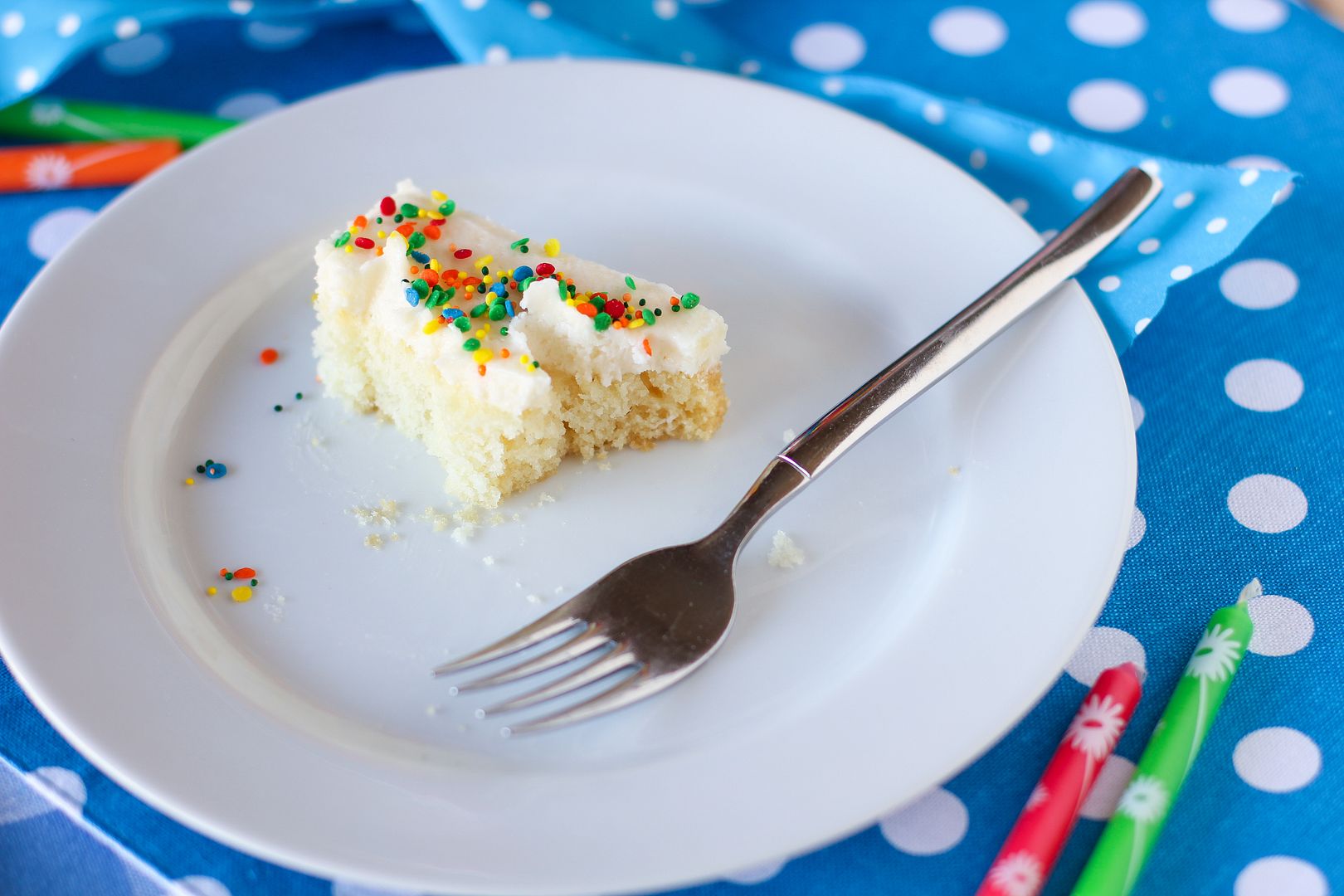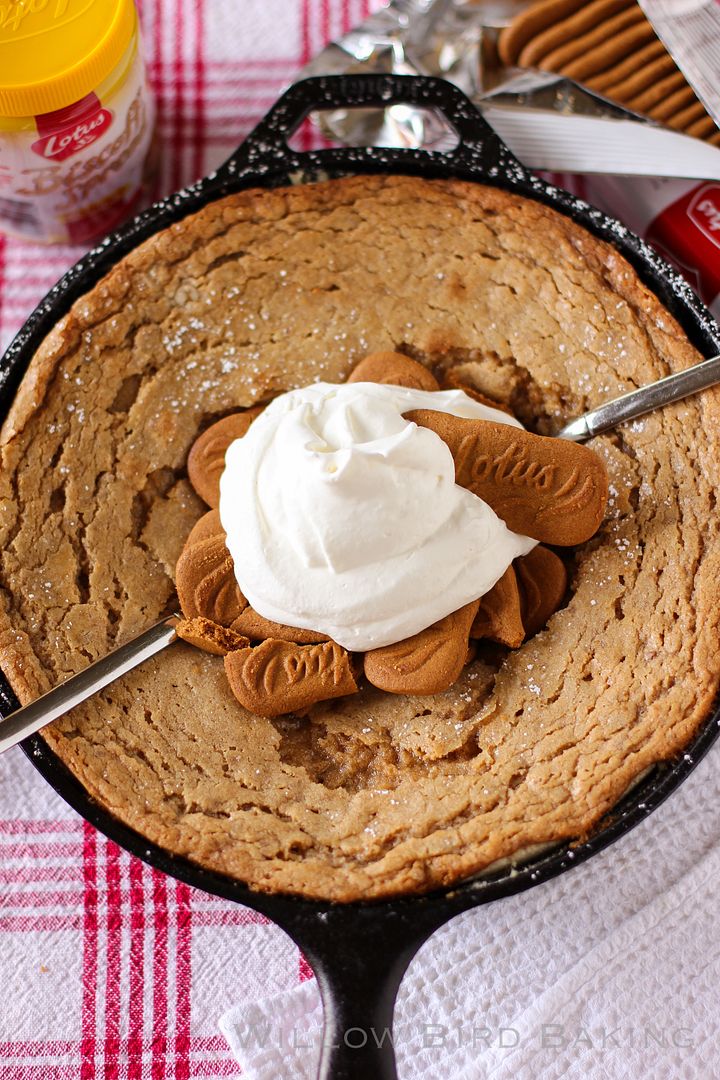
I am so not a therapist. I tell my students’ parents this all the time when discussing their kids’ motivation and social issues, to be sure they take any surmising with a grain (bag) of salt. I am just so not qualified to give psychological advice —
except insofar as I’ve read a lot, felt a lot, analyzed a lot, and pondered a lot throughout the years. One thing I’m thinking about a lot lately is the lost art of validation.
Validation is, to put it simply, affirming that someone else is competent and that their ideas make sense. Validation is not agreement, though it can accompany agreement. I like to think of it as communicating empathy: “I may or may not agree. I may or may not have been in your position before. Either way, I get what you’re saying and can understand why you’re saying it.”
Validation is nice, sure. But it’s important for a reason beyond being “nice”: it’s what makes real, effective, productive discourse possible.
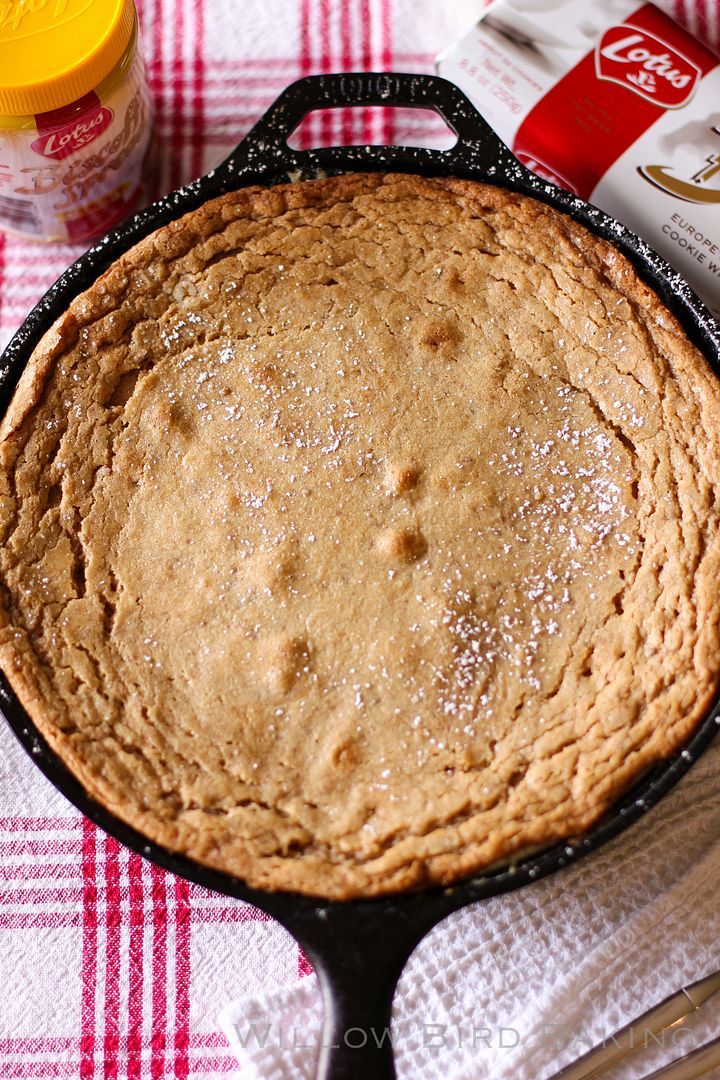
Take the following two examples. In both, Jane and John are arguing about whether the toilet paper should be positioned with the sheets rolling over or under (quite the heated topic, if you guys are any indication.)
WITH VALIDATION
Jane: Can you please put the toilet paper on so that it rolls over?
John: I would rather place the sheets under, because the cat will unroll the roll otherwise.
Jane: Oh, I see what you mean. I understand why you care about that, but the cat has never done it. Can we try it rolling over and see how he does, because I really like it that way?
John: Sure. If he unrolls it, can we go back to “under”?
Jane: That sounds good.
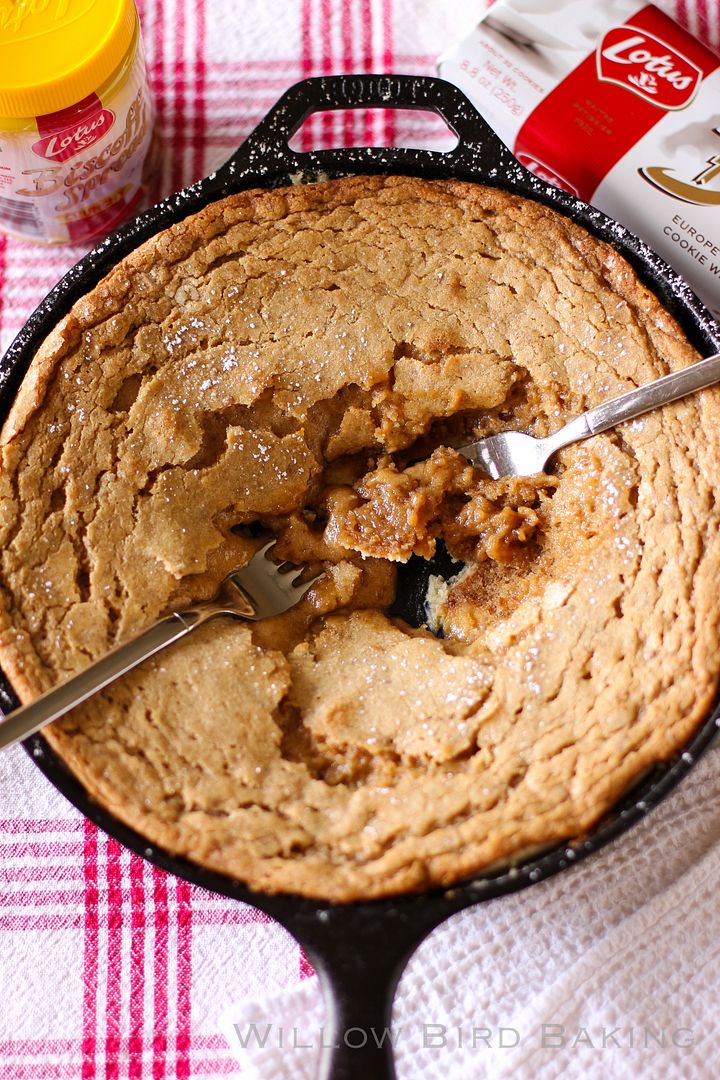
WITHOUT VALIDATION
Jane: Can you please put the toilet paper on so that it rolls over?
John: Nope, the toilet paper should roll under.
Jane: No it shouldn’t! You don’t know what you’re talking about and you barely ever replace the roll anyway. Everyone I’ve ever talked to agrees with me.
John: Whoa, I’ve actually read about this extensively online and I know I’m right. Your opinion isn’t based on anything!
Jane: You’re being so ridiculous and stubborn! Why can’t you do this one little thing right? Why can’t you support me?
John: Because you’re crazy! This is just like that stupid argument about the dishwasher, and you were wrong then, too!
Jane: I hate you.
John: I hate you more.
*divorce*
Okay, it doesn’t necessarily escalate quite that quickly, but you get my meaning.
Invalidation (through name calling, calling into question someone’s credibility/authority/sanity, pulling unrelated issues into the argument, and simply refusing to listen/care for someone else’s point of view) produces frustration. Instead of a discussion where people are on one team working towards some sort of effective outcome, you get two antagonistic teams battling to the death — and any goals are left in the dust on the battlefield. No one’s mind changes, but lots of feelings get hurt. I see this all the time in arguments between friends and especially in arguments online.
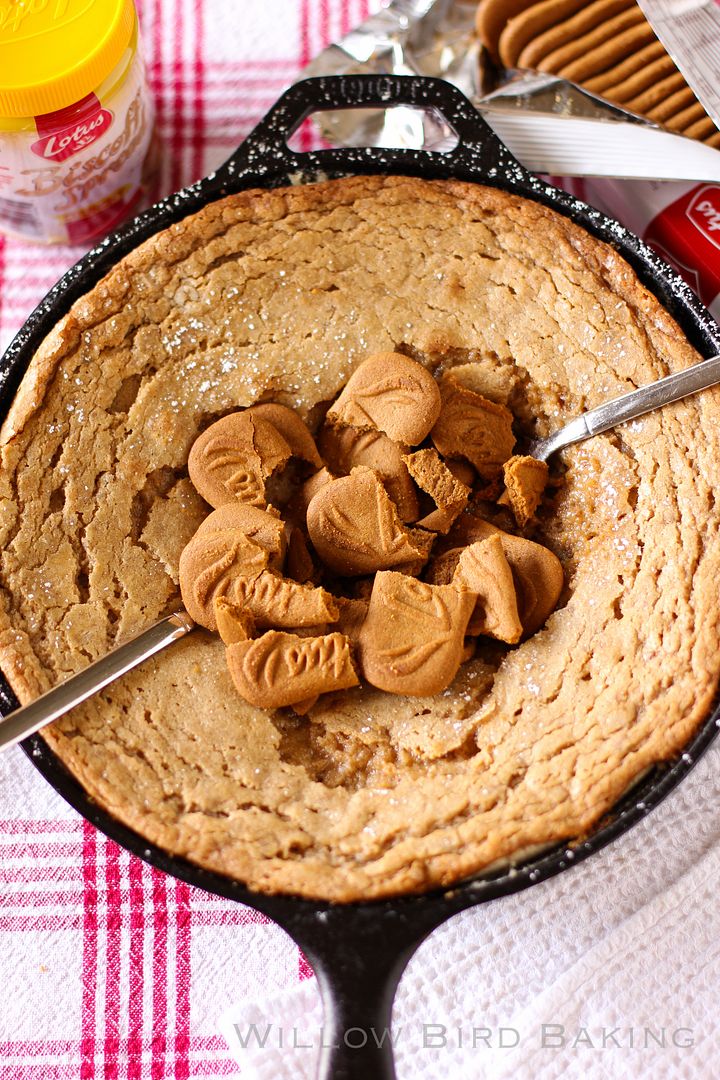
The act of validating someone doesn’t give anything away. You don’t have to compromise your ideals in order to validate someone else’s. There are also different levels of validation (I love this article!), and you may not be able to get to the highest level if you really disagree with someone, but even the lower levels are supportive and productive.
I know that a discussion of validation isn’t necessarily the most relevant to dessert, but it’s been in my thoughts for quite awhile. I sort of what to strum a guitar à la Joan Baez and sing, “What the world needs now, is validation, sweet validation.” No? Okay.
But all I’m trying to say is that I think this sort of radical empathy, given just as generously as we can give it, takes nothing from us but adds a lot to the world. We need to acknowledge each other’s points of view as valid* in order to have real discussions and reach real conclusions.

Also, Gooey Butter Cake. There’s no good segue into this, but I made you a Gooey Butter Cake with Biscoff Spread and topped it with Biscoff Cookies and freshly whipped cream. It is pure insanity and you should eat it immediately.
And then go validate someone, of course.
*I personally, however, do believe there’s a limit. For instance, I will not validate discrimination.
One year ago: Blueberry Scones with Maple Glaze
Two years ago: (Freshly Picked!) Strawberry Cream Pie
Three years ago: Eggs in a French Toast Basket
Biscoff Spread Gooey Butter Cake
Recipe by: Willow Bird Baking.
Yield: 6-8 servings
Gooey butter cake is already completely insane, buttery, and delicious, but when you add Biscoff Cookie Spread, things get serious. I thought up this combo when working on my beloved Gooey Butter Cake theme and it is a real crowd-pleaser!
Crust Ingredients:
1 cup cake flour
3 tablespoons granulated sugar
1/3 cup butter, cold
Filling Ingredients:
1 1/4 cups granulated sugar
3/4 cup (1 1/2 sticks) butter, softened
1 cup crunchy Biscoff Spread (or other cookie butter)
1 egg
1 cup all-purpose flour
2/3 cup evaporated milk
1/4 cup light corn syrup
1 teaspoon vanilla
icing sugar
Toppings Ingredients:
more cookie butter!
Biscoff cookies
1 cup heavy whipping cream
Directions:
NOTE: If you don’t have a skillet, I believe you can bake this in a greased 9-inch square baking dish (I’d use a glass one if you have it, and check it early and often. Remove when there’s some jiggle left.) Let us know how it goes if you try it this way for all the other skilletless people!
Make the crust: Preheat oven to 350 degrees. Whisk together cake flour and sugar in a medium bowl. Cut in the butter with a pastry cutter or two knives (I use my food processor) until the mixture resembles fine crumbs and starts to cling together. Press the mixture into the bottom (this step is a lot harder than it sounds, but be patient and use the back of a spoon to help spread/press the mixture down) and up the sides of a 10-inch cast iron skillet.
Make the filling: Cream together the butter and sugar until fluffy and pale yellow (about 2-3 minutes). Mix in the cookie butter. Mix in the egg until just combined. Alternate adding the flour and evaporated milk, mixing after each addition. Mix in the corn syrup and vanilla. Pour the filling into the crust and sprinkle the top with icing sugar.
Bake and assemble the cake: Bake for 45-50 minutes or until cake is nearly set (mine was probably ready around 48 minutes). Some jiggle is fine — do not overcook! It’ll finish setting up as it cools. Let it cool in pan for 2 hours. No really. If you don’t, it’ll just be pudding-y. In the meantime, beat heavy cream to stiff peaks. Top your cake with cookie butter, Biscoff cookies, and whipped cream. Eaaat it.

